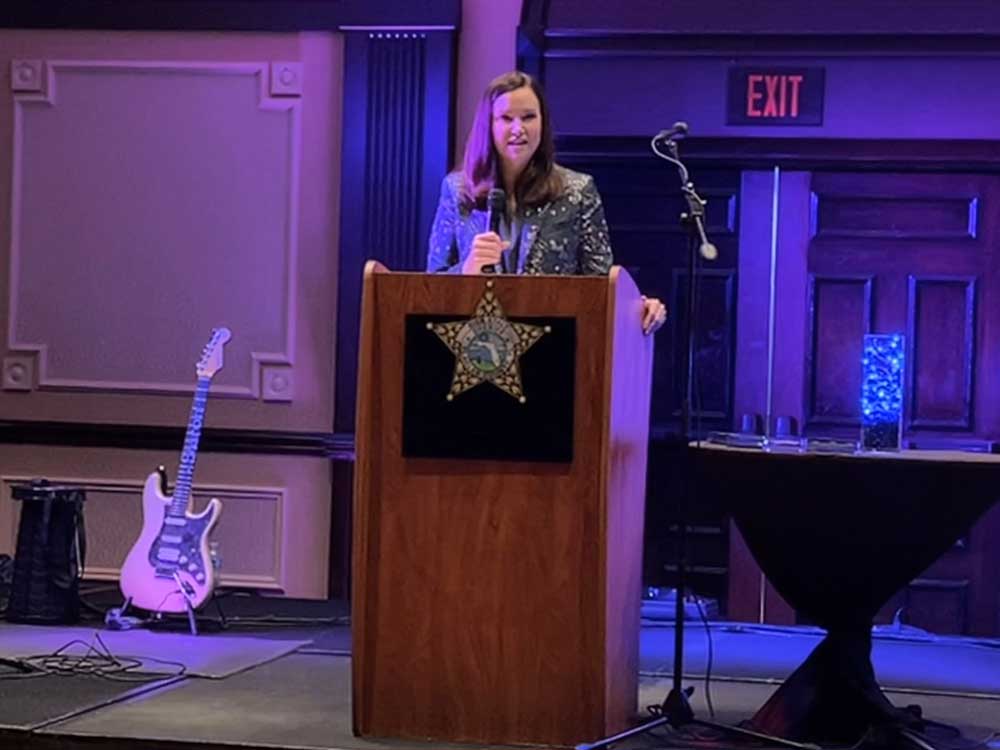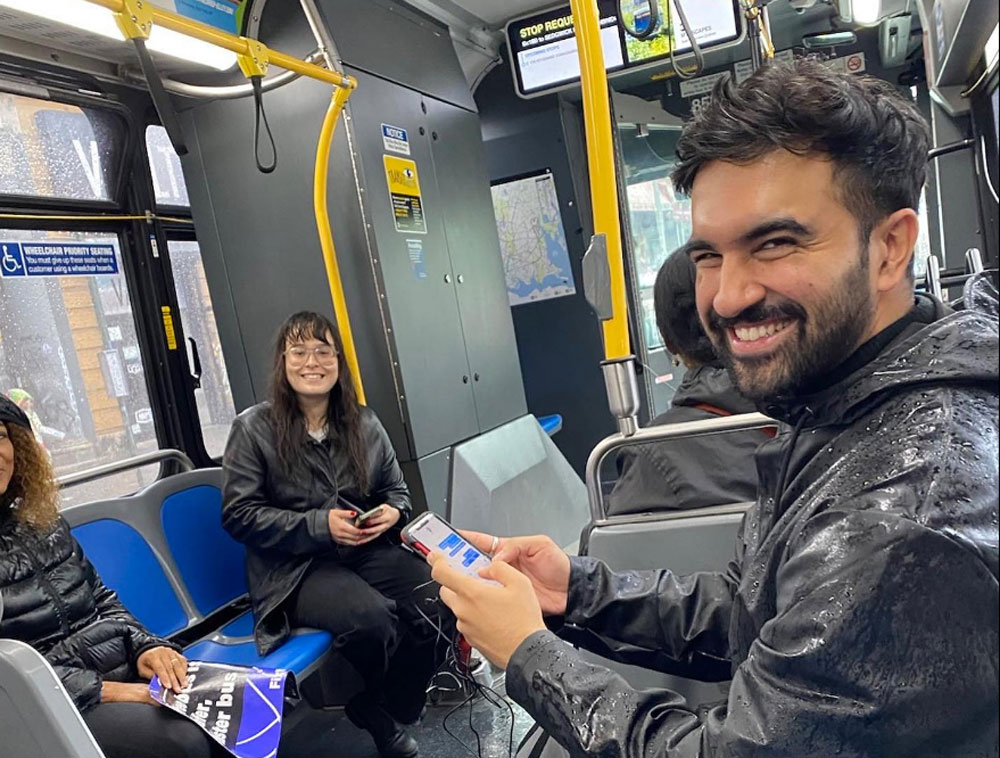There may be an end to Palm Coast’s decades-long prejudice against houses of color.
The Palm Coast City Council unanimously decided to lift nearly all exterior house color limitations that had existed since before Palm Coast became a city in a stunning vote on Tuesday. Two accent colors and one base color will still be required. Murals will continue to be prohibited.
The repeal is far from complete. The ordinance must be revised, the planning board must hear it, and the council must hear it twice more. A proposal that would have lifted all limitations except for the five prohibited colors—neon, fuchsia, magenta, orange, and purple—had already been rejected by the planning board.
Following Council member Theresa Pontieri’s withdrawal of her proposal to approve a more permissive but still restrictive legislation, Mayor Mike Norris, who has been advocating for the repeal since January, passed the gavel to make the motion.
Norris stated, “I don’t think we should be dictating what people’s house colors are.” It’s a ridiculous law. Color, he claimed, is too arbitrary. For this reason, I would like to get rid of it entirely. I’ve taken that stance from the start. He said homeowner organizations are a good place for folks who desire color limitations.
As he made the motion, which is worth restating here as it marks the end of an era, Norris received applause from the floor. “I make a motion that we remove all color restrictions on houses in the city of Palm Coast,” Norris stated. Move into a homeowners association if you want color limitations.
where Palm Coast was an ITT neighborhood and ITT had an Architectural Review Committee, that’s where the restrictions originated. Six years after incorporation, in 2005, the city’s regulations codified the color restrictions, which were maintained by the Palm Coast Community Service Corporation, which was established in 1993.
Acting City Manager Lauren Johnston expressed her frustration, saying that current standards have been the subject of a dozen hearings between the council, the beautification committee, and the planning board. Johnston informed the council that three extra public hearings are now necessary when discussing government efficiency and spending a lot of time on things. Just so you know, this specific item requires additional staff time and expenses. She could have exaggerated the problem a bit because the new ordinance is more of an editing job than a rewriting, but it still creates the potential for more in-depth discussions and, considering the history of the topic, reversals.
The council was presented with a revised ordinance that maintained the prohibitions on some colors while allowing other colors to be used. The measure was not for repeal.
Charles Gambaro, a council member, seconded Pontieri’s move to pass the proposed ordinance. She stated that this is not a new ordinance. For everyone who has expressed a desire for no color limits, let me clarify that we are being more tolerant with the present ordinance that is currently in place. I have received numerous emails from folks who say, “No, we moved here because of the color restrictions.” “A strike of a reasonable balance” is how she described the ordinance.
However, she was also concerned about subjective views on color: “We have to draw a line in the sand, we either have to allow everything, or we don’t,” she remarked. She claimed that the city’s standard, which is based on light reflectance value, or LRV, offers a more impartial method.
The ordinance made council member Dave Sullivan uneasy. In order to further expand allowances, he wanted it tabled. That would put the ordinance back where it started, with the planning board seeing it for the first time. The motion would have failed because it seemed to be headed for a 2-2 vote with the Council member absent. Pontieri wanted the problem handled as soon as possible.
The public’s reaction to the modified but still restrictive ordinance might have changed the course of events.
Everyone who spoke out against the initiative was adamantly opposed to color regulation. Eddie Lang’s remarks to the council were interpreted as follows: I think this ordinance is ludicrous. Who else, besides you, is here to provide us painting advice for our house? “It’s our house,” Realtor Lang remarked. Even if it might be cool, no one is requesting to paint their house neon pink with glitter trim. However, homeowners should not have to submit to what feels like a design tribunal when they wish to deviate somewhat from the taupe, gray, or acceptable oyster color scheme. If we’re concerned about property value, he continued, let’s keep in mind that curb appeal is derived from well-kept homes in thriving neighborhoods, not from color homogeneity that would make a paint store cry.
Some criticized the color limits as unjust and incompatible with the right to free speech. Despite arguments that more colors depress home prices, Annamaria Long, the executive officer of the Flagler Homebuilders Association, spoke out in favor of wider color freedom. According to Long, the fact that Flagler Beach and other beachfront communities have color makes them excellent markers of that. When you go through those sections, it’s beige on beige on brown on tan on white, and it just gets a little little boxes full of people sitting in their homes. I joke that a bunch of inebriated old guys must have created the street names here. I would love to see a lively community with everyone outside.
Speaking as well, Mindy Melendez has been at the center of the controversy after being infractionally fined for the dark-blue color of her home. She demanded that the new ordinance be grandfathered. “The lack of consistency in enforcement is particularly concerning,” she said. I am the one who was given the citation even though there are other houses in the city that are painted longer than mine and have the same hue or colors that are close to mine. In my situation, the sole distinction is that a neighbor lodged a complaint. Selective enforcement, which can be a legal problem in and of itself, is seriously raised by that.
Although Norris first believed he would be in the minority, he now felt secure enough to advocate for the repeal, forcing Pontieri to rescind her proposal. So she did. After passing the gavel, Norris made his motion, which he was prepared to change to maintain the five colors that were forbidden.
At this moment, Pontieri did not want the half-measure. “I think you shouldn’t be picking and choosing prohibited colors if you’re going to say we’re not going to have exterior colors,” she remarked. Since I have no right to say that, No, blue is not as obnoxious as magenta. In order to be fair and remove subjectivity, I believe that if you are going to get rid of them all, you just must do so.
Therefore, the repeal vote was unanimous.







